Is Battlezone the Wii Sports breakthrough VR so desperately needs?
Arcade meets strategy
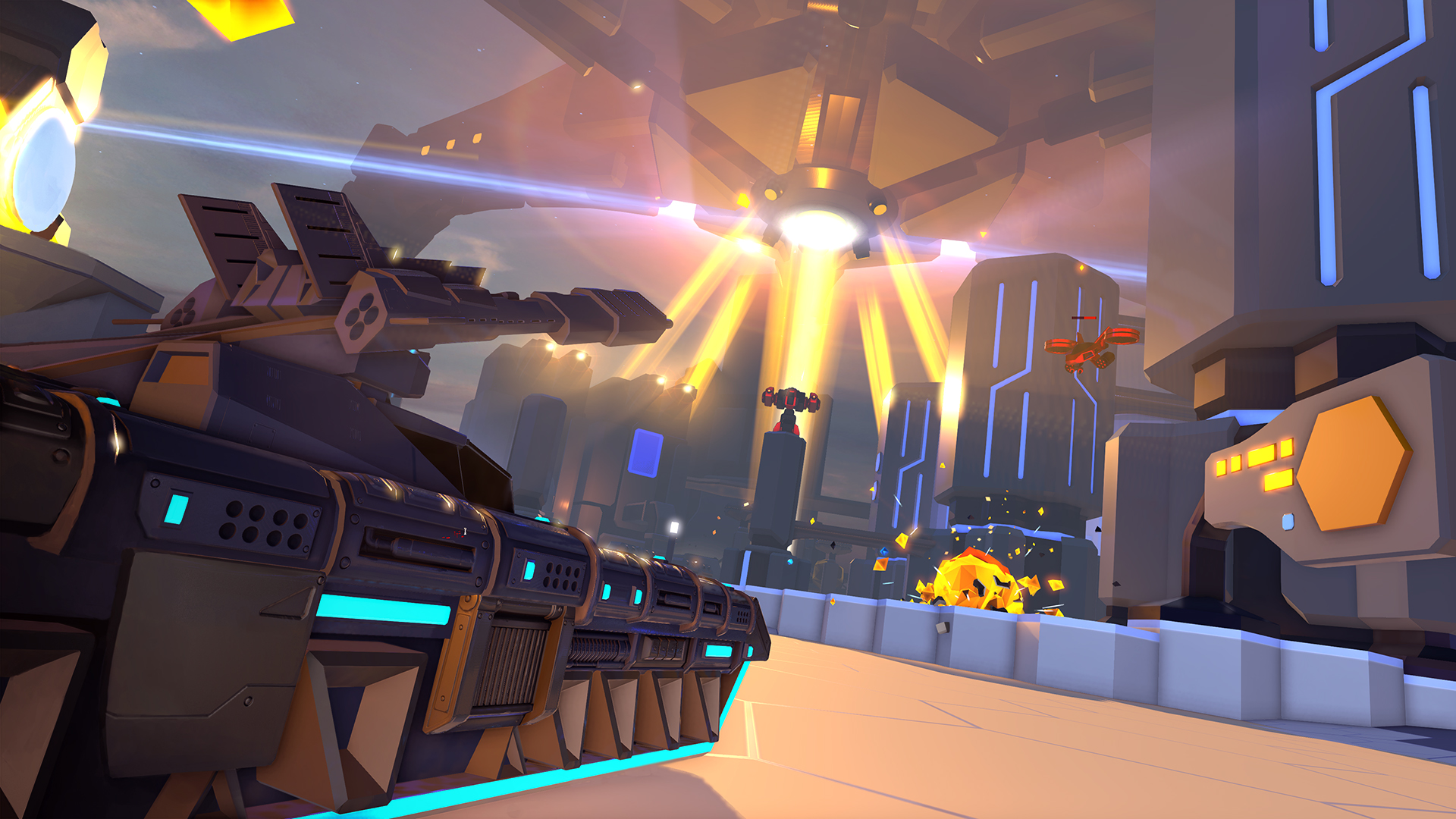
It's no secret that despite both the Oculus Rift and HTC Vive now being freely available, there's still a relative scarcity of decent, lengthy games to play in virtual reality.
Make no mistake, there are an increasing number of good VR games (in fact we've got a list of the best VR games available now), but for the most part these are short bite-size games.
What virtual reality needs is its Wii Sports breakthrough hit. It needs a number of small games that perfectly show off what virtual reality is all about, while being infinitely replayable in the process.
In Battlezone (currently a timed launch exclusive for the PS VR, with an Oculus version in the works), virtual reality might have finally found its Wii Sports. The tank-battling game is at its core a series of arcade missions, but they're wrapped in a mission structure and upgrade path that should mean that it has more replayability than your average arcade shooter.
We sat down with the Battlezone team to play through the game's campaign mode, where we also got to experience the game's cooperative mode for the first time.
Your mission, should you choose to accept it
At its core, Battlezone's campaign mode is based around a series of short missions.
Each mission revolves around a central objective, from defending or attacking a base, to eliminating every enemy on the map.
Get daily insight, inspiration and deals in your inbox
Sign up for breaking news, reviews, opinion, top tech deals, and more.
Your method of achieving these assorted goals is through firepower. Your tank is equipped with a number of guns, which have dual-joystick controls very similar to what you'd find in a first-person shooter.
This design element is what made me realise how Battlezone manages to work as a VR game.
As anyone who's played a first-person shooter in virtual reality will tell you, the genre isn't particularly suited to playing with a couple of screens strapped to your head.
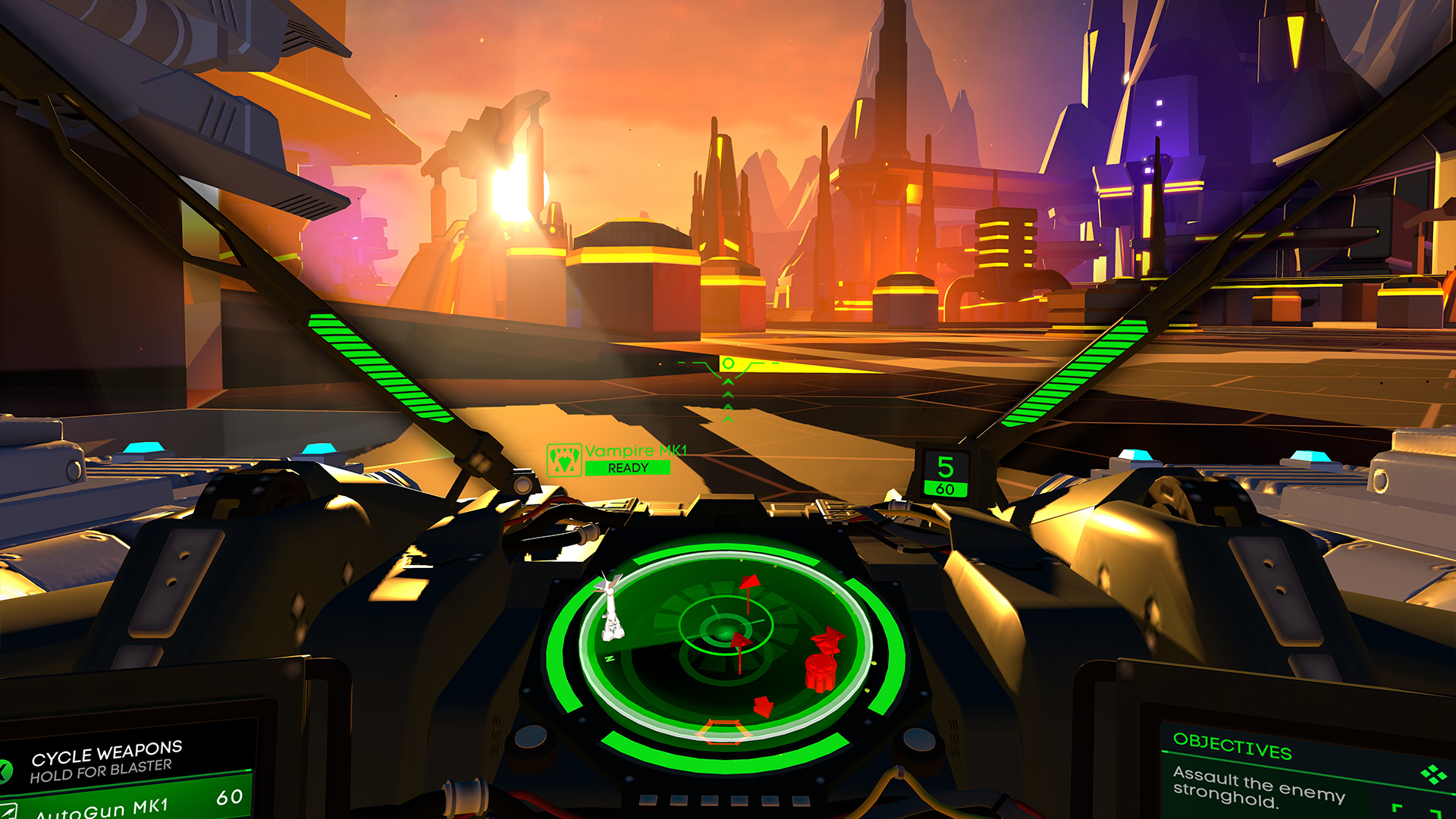
Most shooters are simply too fast to work in VR. They're based around the idea that you can whip your view around with the swipe of a mouse or the push of a joystick, and this is an uncomfortable design decision when you have to make the same movement with your head.
The clever thing about Battlezone, is that because you're playing it from the point of view of someone piloting a tank, everything is slowed down without feeling sluggish.
It's as though Rebellion has found a way to slow down a first-person shooter without it feeling as though it's been artificially done for VR.
The upshot of this is that through several hours of continuous play I only felt nauseous once during my time with the game, and that moment happened only because I was attempting to pull off a pretty sick powerslide while simultaneously looking to my right and firing upwards.
Piloting a tank might slow the pace of Battlezone down, but the amount of enemies it throws at you means it remains a tense experience.
You can't run through the game's maps expecting to escape unscathed. Your stock tank is a slow lumbering beast, and mission success revolves around you using the environment to hide yourself from the more powerful enemies so you can pick them off one by one.
On their own, these missions are a fun, if slightly shallow, shooting gallery. Where Battlezone really comes into its own is with its overarching campaign and the addition of co-operative play.
A faster than light campaign
Battlezone's campaign consists of a series of these missions, which are laid out on a hexagonal grid.
You begin on one side, and each mission you successfully complete allows you to move to an adjacent hexagon. Victory then depends on you making it to a specific hexagon to face off against the game's final boss.
Naturally you can choose to head straight towards this point. Doing so has its advantages, since with every space you move the game gets closer to dropping another 'Nemesis' onto the map, which is a significantly powerful enemy that will either chase you around the map or else wait on the final hexagon to mess you up upon your arrival.
But you'll get so much more out of Battlezone's campaign if you take the scenic route.
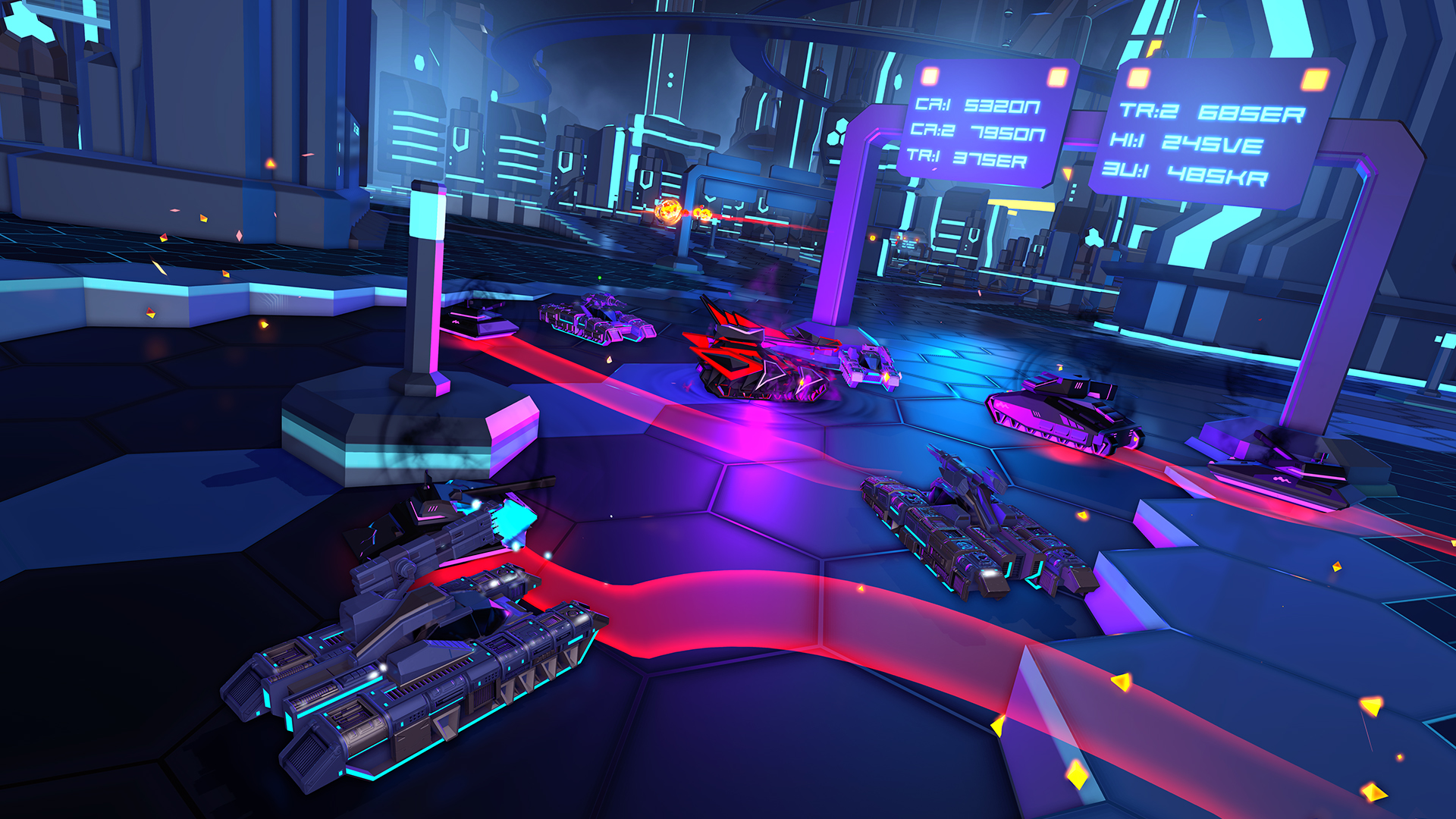
Going out of your way to visit more hexagons on the map has a number of benefits. Facing off against more enemies nets you more resources, which you can then spend on tank upgrades once you make it to shop tiles on the map.
You can also come across special event tiles, which can net you resource rewards, or punish you by taking away health.
It's very similar to indie-darling FTL, which the team said was a key influence on how the campaign is structured.
These upgrade options turn Battlezone from a fun arcadey experience, into something that feels much more substantial.
Upgrades come in many forms, from more powerful and varied weaponry, to HP, shield, and speed upgrades.
These not only allow you to make mincemeat of your opposition much more efficiently, but also let you tailor your tank to your playstyle, whether you want a vehicle that's light and nimble, or a powered up beast that's not afraid to wade knee deep into enemy territory.
Even better, these upgrades can allow you to almost construct character classes when playing the game cooperatively.
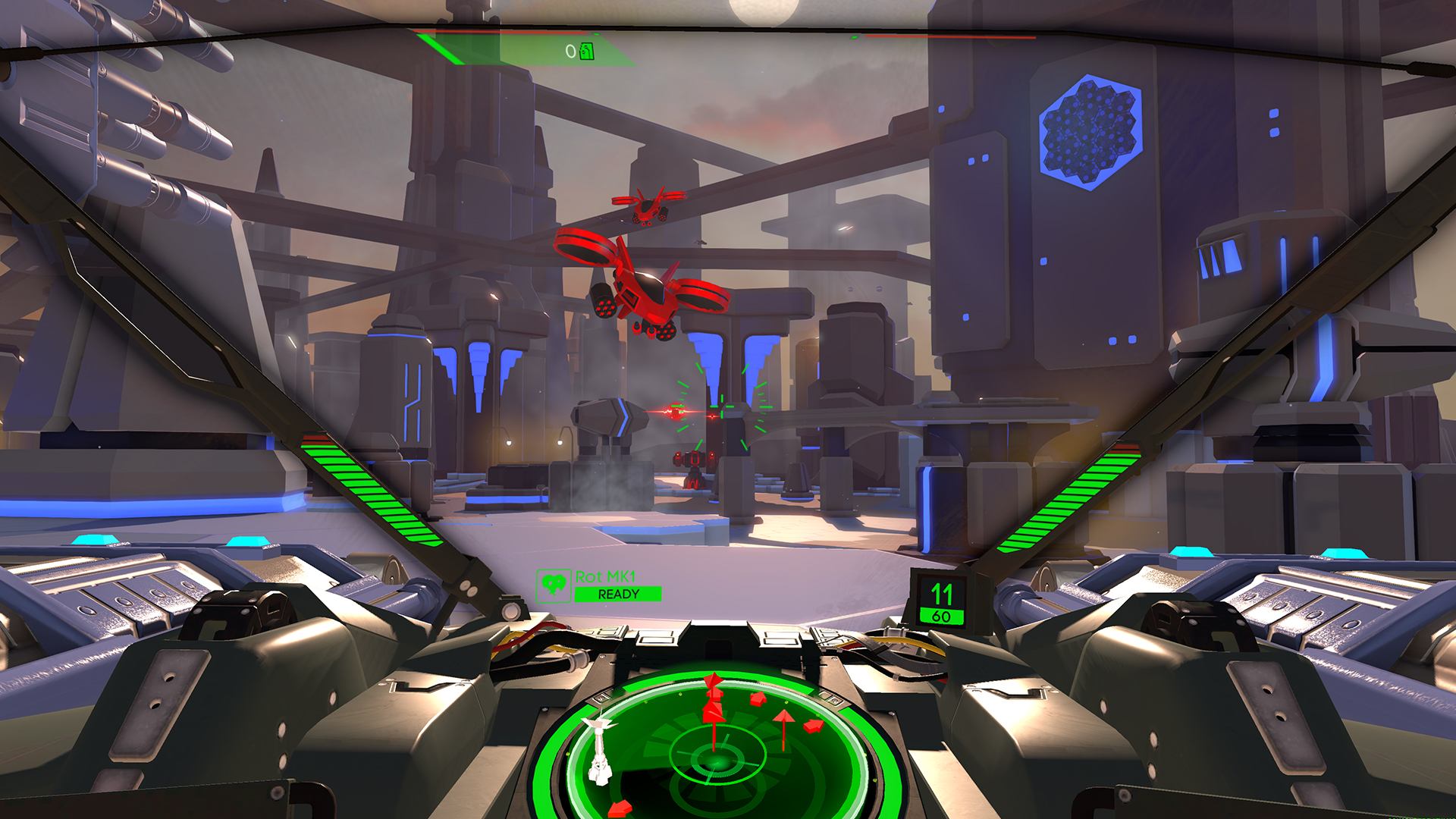
Tanks for the co-op
At any point during your campaign, you can be joined by up to three other players, who will follow you throughout its full course.
When combined with the myriad of different ways you can upgrade your ship, the addition of four-player co-op can make Battlezone a very strategic experience.
One player could for example plough all of their resources into front shields and long range weaponry to play a sniper-esque class, while another could put all their focus on area-of-attack weapons and focus on getting up close and personal with swarms of enemies.
You could even have a player act as a support tank by having them put all their resources into their ability to heal their comrades.
When playing with a team of developers at Rebellion we didn't explicitly assign ourselves roles, but after a few shop visits each of the team members found a play-style that suited them, and we were soon playing off of the strengths and weaknesses of each other's tanks.
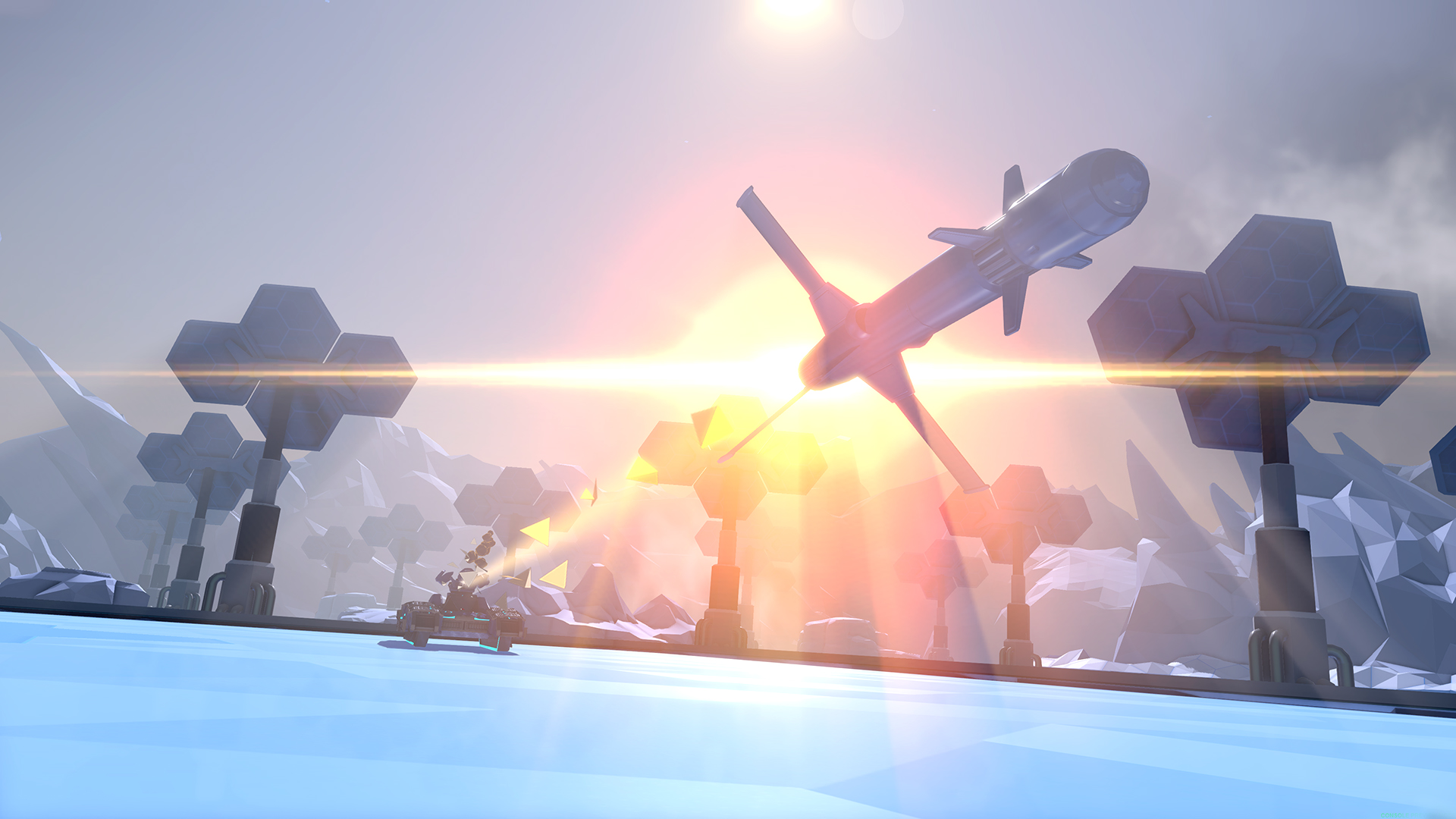
VR's Wii Sports moment?
Most of the VR games out there at the moment are games you can pretty much experience in their entirety over the course of a couple of hours, rather than the dozens we expect out of an average-length game.
In some ways it's understandable. Longer games are more expensive to develop, and it stands to reason that while the number of headsets in the wild remains limited, the kinds of games developed for them are going to be shorter experiences with a more limited budget.
It's a chicken and egg problem. While the amount of available hours of VR experiences remain small, people are less likely to invest in an expensive headset, but while the amount of headsets in the wild remain limited, developers aren't going to be able to justify crafting lengthy experiences for them.
Battlezone is the first VR game we could see ourselves playing for days rather than just a couple of hours, and could just be for virtual reality what Wii Sports was for motion-controls; an arcade experience that succinctly justifies its medium while being infinitely replayable.
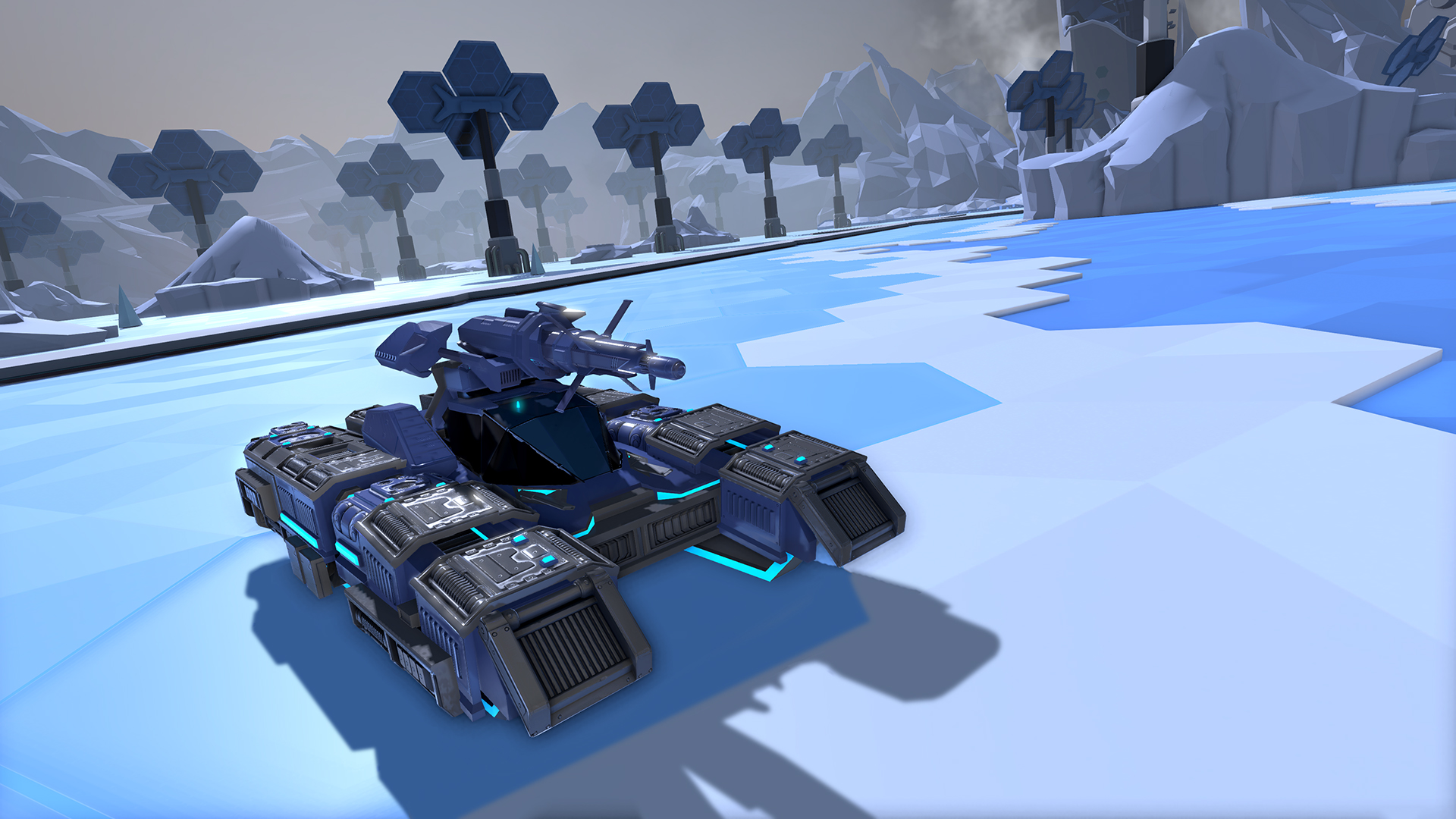
It's individual missions might be simple arcade fun, but when placed in the broader context of the game's campaign mode, they gain a layer of strategy and progress that makes them that much more enjoyable.
And then co-operative play adds another level entirely.
We thoroughly enjoyed the time we spend playing the game co-operatively, and felt that we could have continued to play the game for several hours more. The only question is whether that same level of interest would have been maintained had we been playing solo.
This might be a problem for Battlezone, and multiplayer PlayStation VR games in general. It requires every player to have their own console and headset combo, and it might take some time for a significant number of the players in your friendslist to reach this point. To stretch the Wii Sports analogy to its breaking point, Nintendo's success came from allowing a blistering communal play experience very easily, which VR may struggle to capture.
What we can say at this point is that with four players at least, Battlezone was an immensely fun game to play. All that remains to be seen is whether the same can be said of its single-player gameplay.
If it can get that right, then VR might have just found its breakthrough hit.
- Here are the best PC games you can play right now
Jon Porter is the ex-Home Technology Writer for TechRadar. He has also previously written for Practical Photoshop, Trusted Reviews, Inside Higher Ed, Al Bawaba, Gizmodo UK, Genetic Literacy Project, Via Satellite, Real Homes and Plant Services Magazine, and you can now find him writing for The Verge.
